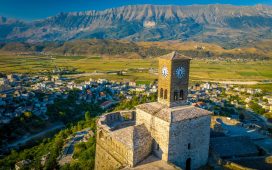Unlock the Editor’s Digest for free
Roula Khalaf, Editor of the FT, selects her favourite stories in this weekly newsletter.
The air is cool and dank. I am walking through a long, dark subterranean tunnel, its exposed stone walls and cobbles dimly lit by overhead lamps. Were it not for the fact that I am wearing a bathrobe, and being escorted by someone carrying a pile of fluffy towels, I could easily imagine I was a cuffed felon, being taken to a cell. As we go deeper, the tunnel widens mysteriously and then, finally, we emerge into the light.
The air temperature instantly jumps 15 degrees, and right in front of me is a jetty leading on to a lake, jade green and twinkling in the early morning sun. A couple of speedboats slow to a glide as they pass by to take pictures of the view behind me. The skipper polishing the pristine navy blue and turquoise Riva moored beside me doesn’t look up — this happens a hundred times a day.
As I descend the steps on the side of the jetty to enter the cool water, I turn to look back at the object of their interest — the stunning 18th-century facade of Passalacqua, high on a hill, its verdant terraced gardens dotted with palm trees plunging almost all the way down to the dock. Voted the world’s number-one hotel last September at the 50 Best Hotels Awards — only a year after it opened — the luxurious 24-room retreat admittedly takes quite a picture.
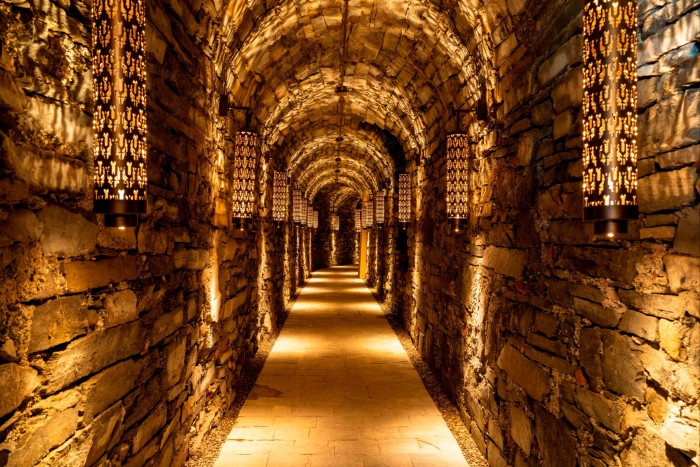
Being feted as the best hotel in the world obviously comes with a fair deal of pressure, not least to retain the prize spot. But the owners, the De Santis family, are seasoned hoteliers: they also own the Grand Hotel Tremezzo, a much bigger property a little further north on the lake, which has been in the family for nearly half a century.
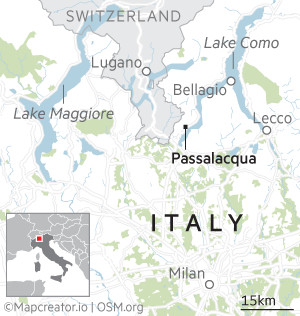
Yet despite its rapid rise to stardom, Passalacqua cannot expand in the way other successful luxury hotels might. This historically important building looking out across Lake Como is subject to such stringent planning restrictions that potential expansions and improvements — such as an extension to house a bigger spa and indoor pool, part of a plan to keep the hotel open year-round — were forbidden. Instead, the owners began to formulate plans around the network of old tunnels and grottos burrowing beneath the property.
“The tunnels were one of the most incredible surprises — they are full of mystery and intrigue,” says Valentina De Santis, CEO of Passalacqua and the Grand Hotel Tremezzo, who first visited the property with her parents in 2018.
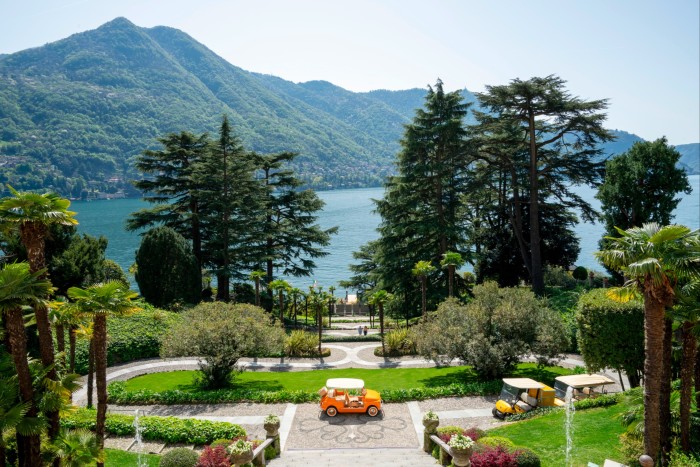
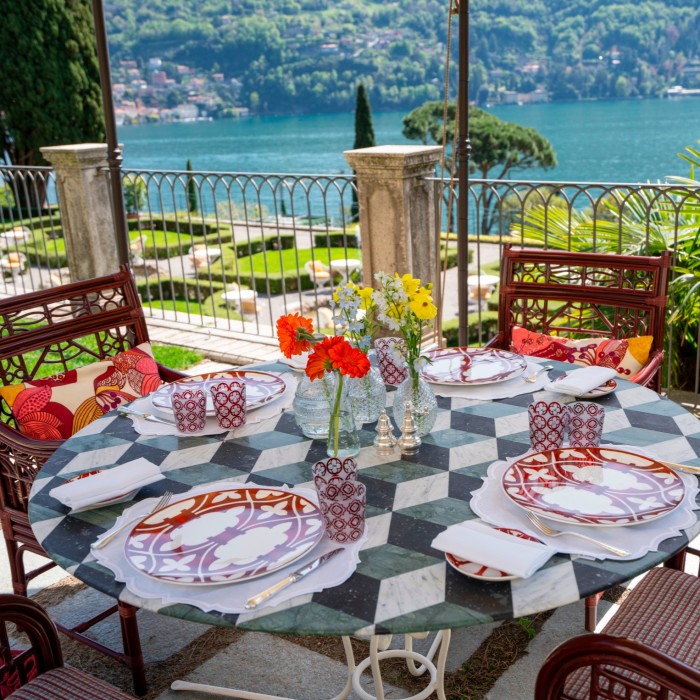
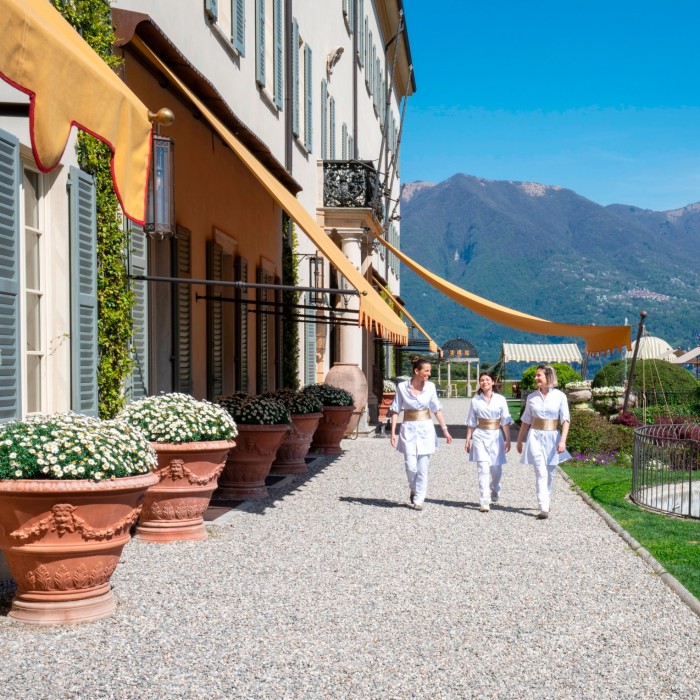
The house was built in 1787 by Count Andrea Lucini-Passalacqua, who envisioned creating one of the grandest homes on the lake. Building a palazzo up on a hill was unusual for the time — most of the aristocratic residences were on the waterfront. It is thought that the 400-metre tunnel system, which runs from the house down to the lake on either side of the trapezium-shaped gardens, was constructed in order for goods to be brought up discreetly from the dock. At the time, most trade and traffic was via the water rather than by road.
Wide, and up to seven metres high at one point, with shallow cobbled steps and exits at each terrace level, the tunnels were probably built to accommodate horses lugging supplies, but there are no records of their exact purpose and so they remain open to more romantic interpretations. During my visit it was suggested to me that they might have functioned as an escape route, a passage for lovers to creep up during the night, or possibly a wine store.
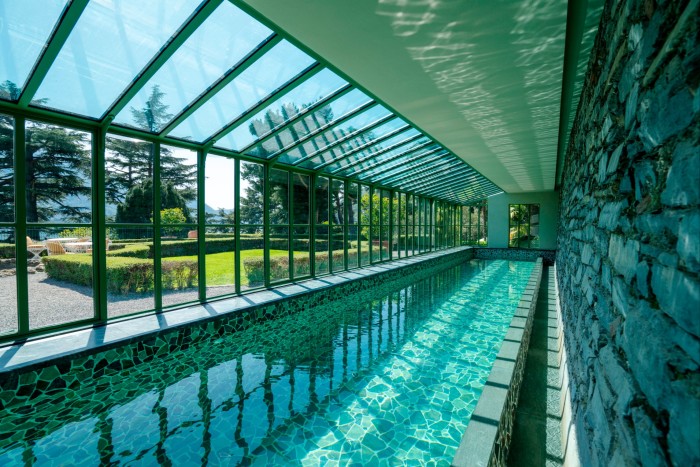
Now one of the tunnels has been restored and is used to access a new indoor swimming pool that has been built in an existing greenhouse, with a cavelike relaxation area burrowed into the hillside behind. The work took five months and involved pulling up the restaurant’s terrace in order to waterproof the tunnel beneath, then repaving and grassing it over as if nothing had happened. With the work complete, Passalacqua will remain open this coming winter for the first time.
When I arrived at the hotel earlier this month, the panes of the greenhouse were still being polished — I was just in time to be the first guest to try out the pool. That morning, I had already been pummelled into a zombie state by the hotel’s masseur Cristiano, and I thought I might pass out if I plunged straight into 32C water. So I decided to take a dip, as a thrilling sharpener, in the lake — still only 12C thanks to a recent snow melt.
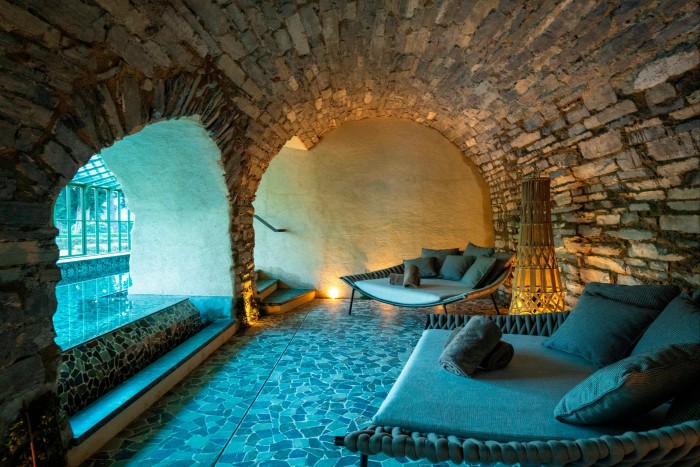
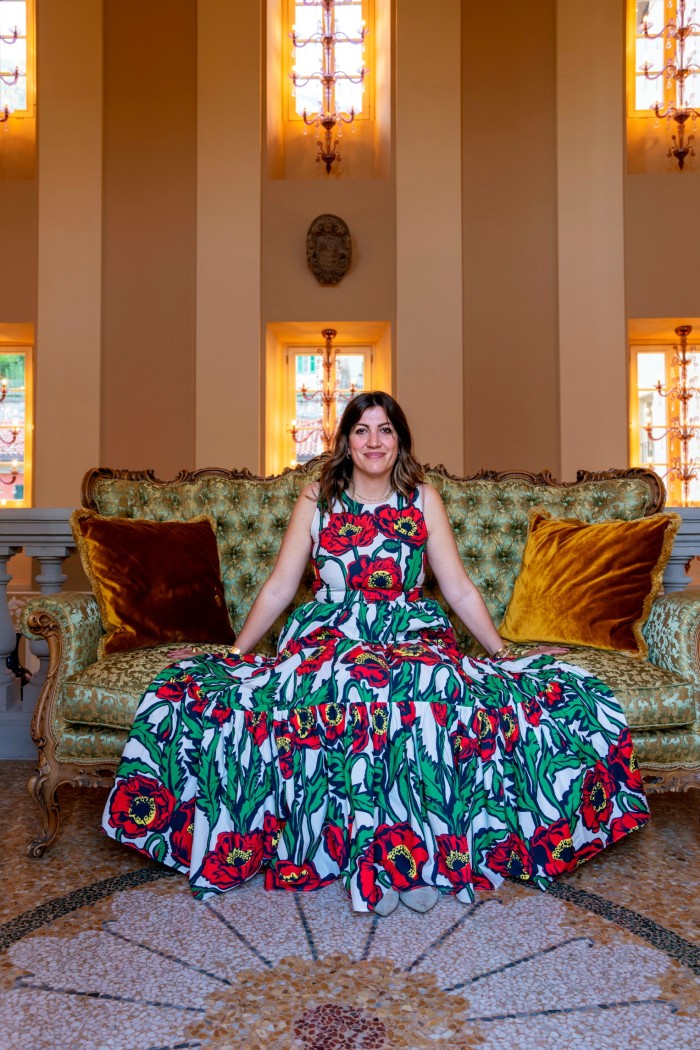
Back at the spa, I headed down through the newly refurbished part of the tunnel, which has been scrubbed up and atmospherically lit by gold wall lanterns with cut-outs of Passalacqua’s motif of three little fishes — the original family crest. It felt exotic and secretive. At the end was a door on to the 20-metre pool. I climbed in gratefully, and spent a good 10 minutes lazily meandering from one end to the other as the sun shone through the panes, bringing out the greeny blue shades of stone used for the custom-made Palladiana mosaic lining. It was the perfect counter to the cool lake.
I asked Valentina if she planned to refurbish any more of the tunnels. Surprisingly, given the upheaval to renovate just 50 metres, she talked enthusiastically about renovating another tranche to create a plunge pool, or maybe a hot tub, in one of the grottos deeper underground. “The tunnels are so intriguing, it is impossible to stop your mind from dreaming,” she said.
On my last morning, I strolled around the property, past well-dressed couples taking selfies under the outdoor pools’ scalloped sun umbrellas or asking staff to snap them beside the tangerine-orange electric Fiat 500, which whisks guests down to the lake. Every now and then, self-congratulatory smiles were exchanged as if to say, “Aren’t we the lucky ones?” I considered retreating to my own poolside lounger for a last blast of Italian sun ahead of my flight home, but breakfast was calling. And breakfast in the best hotel in the world, I can assure you, is not to be missed.
Details
Rebecca Rose was a guest of Passalacqua (passalacqua.it). Double rooms cost from €1,500 per night, including breakfast
Find out about our latest stories first — follow FT Weekend on Instagram and X, and subscribe to our podcast Life & Art wherever you listen

